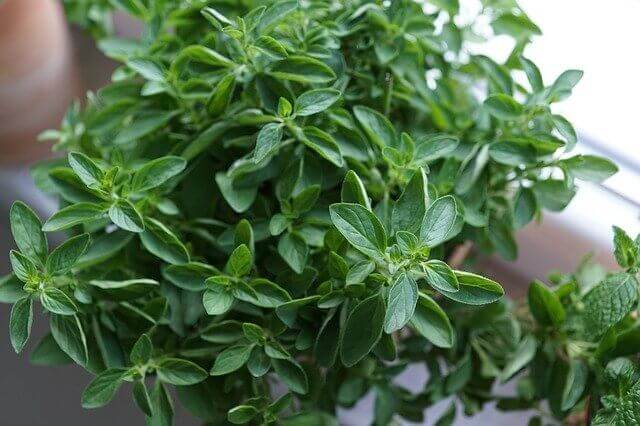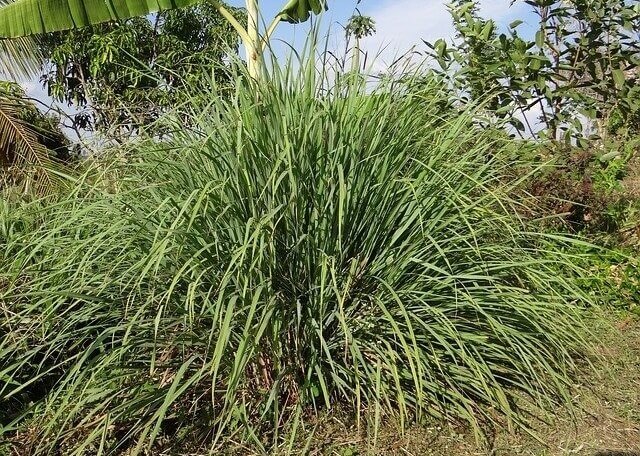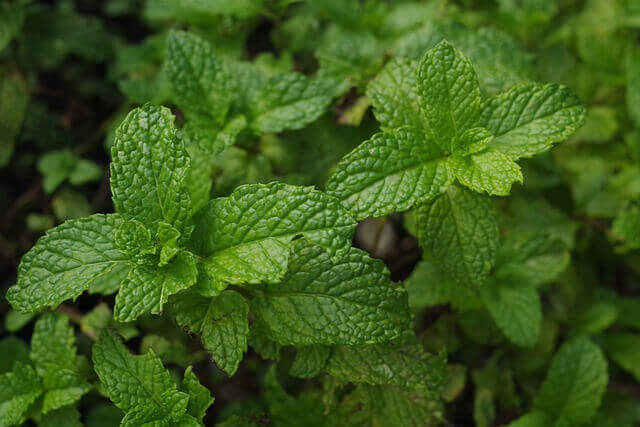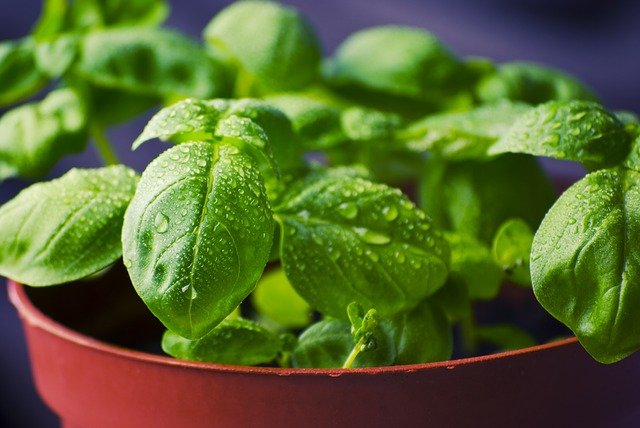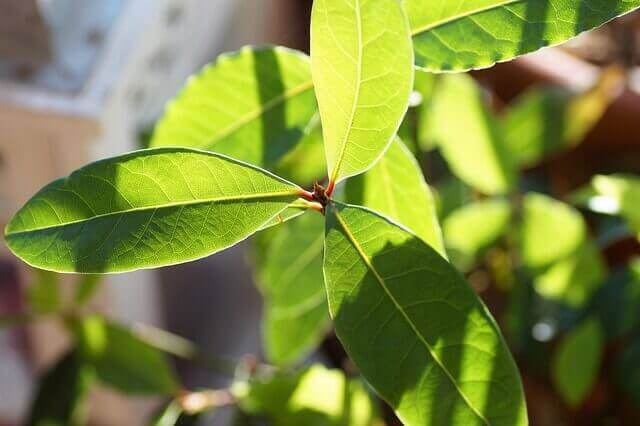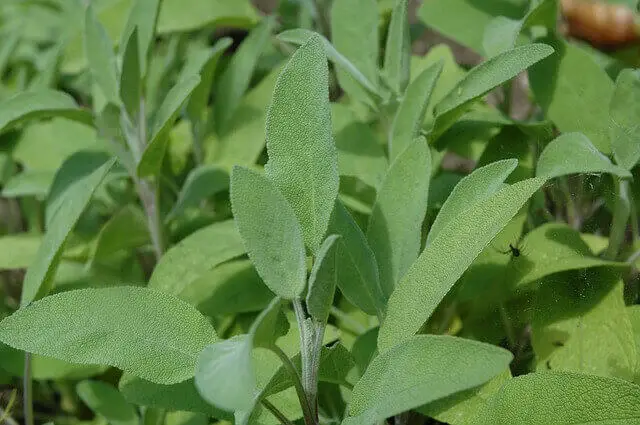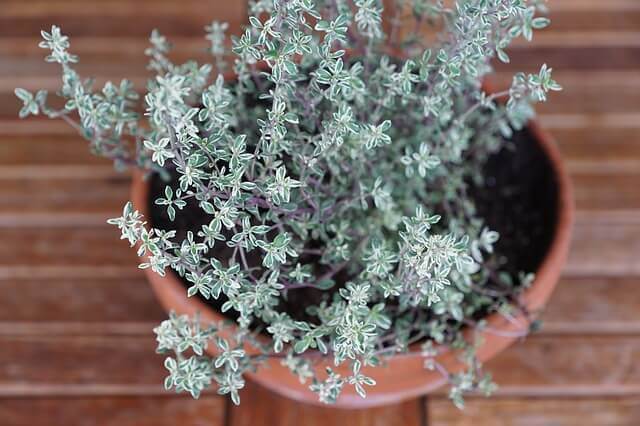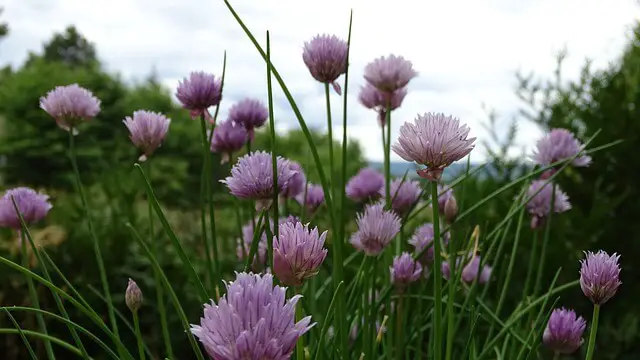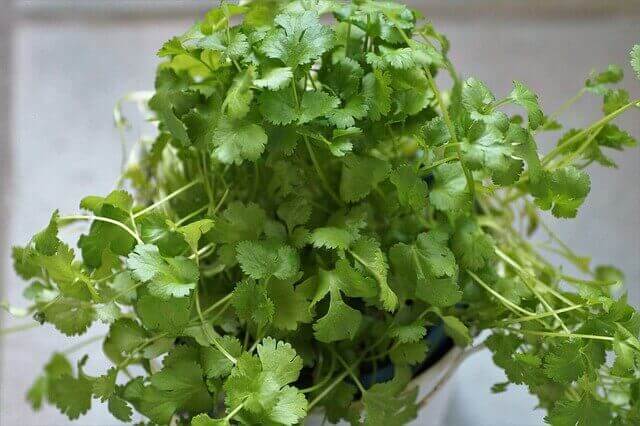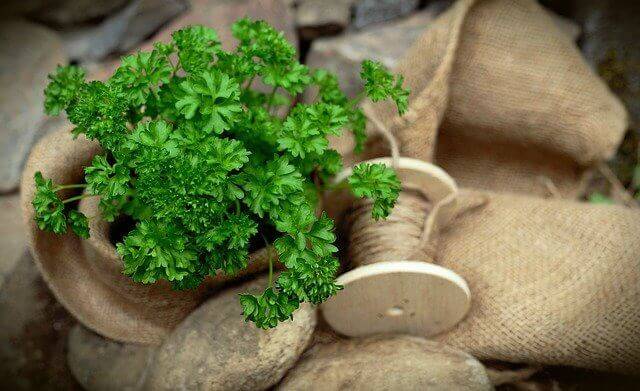What Herbs Can You Grow In Small Pots
Have you ever wanted to be able to grow herbs in small pots? Maybe you have a window garden and want to supplement your table greens with some fresh herbs. Or maybe you live in a cabin in the woods and want to be able to use your herbs all year long. They are very easy to grow, and you can store them for many years at a time. Many of the herbs we use in our daily lives are very hardy plants and will thrive in most climates.
How do you go about growing herbs in small pots? There are many ways to go about this depending on how many herbs you want to grow and where you are located. Some of the best herbs to grow are oregano, sage, cilantro, dill, fennel, bay leaves, basil, and more. You can grow these herbs in a variety of containers from Terra-Cotta pots to ceramic containers.
Most herbs like well-drained soil, and they do better in partial shade. The biggest problem you may encounter when growing herbs in small pots is the fact that they do not get very big. If you don’t mind having to prune your herbs then you should be fine.
Table of Contents
Oregano
As far as the type of oregano plants you can grow, there is an almost endless array. However, the most common herb you will find growing in gardens and homes is the Italian oregano.
These are typically flat-leafed plants, typically no more than 2 feet tall and with gray, purple or red leaves. Italian herbs are particularly popular in Italian cooking since they lend extra flavor to tomato sauces, soups, salads and even desserts.
Lemongrass
Growing lemongrass is really not that hard, and you do not need to have a very good green thumb to succeed. In fact, it is extremely easy to grow, and is a perfect herb plant for your deck or patio. So, let us take a closer look at how to grow lemongrass effectively. When growing lemongrass you will want to make sure that you purchase the right soil.
The soil should have a pH level of 6.5 – 7.0, this is the optimal range for your plants to grow well. Make sure that you water your plants adequately, as well, and provide good drainage, so that moisture can be draining out quickly. Other than that, your plants should do just fine!
Mint
Growing mint is easy when you have the proper conditions for it. Although mint is typically grown primarily in the open space of a backyard garden, it is also able to be successfully grown in a container as well. All that you really have to do to make sure that mint grows well is to provide it with plenty of indirect light and water it often.
When growing mint plants from a young plant, a good quality plant potting soil is required. It should not only be rich in nutrients, but it should also be frequently watered as frequent watering will help the plant withstand drought as well as provide it with enough root space.
Basil
Basil tends to be very easy to grow, and in just about three months you can have your own garden of basil plants. The best time of year to grow basil is late spring through early summer, but the actual period of time it takes to grow basil from seed can vary from one plant to another.
One important thing to note for growing basil is to select a growing area where the basil will receive lots of sunlight and water. If the soil is too dry then it will not grow properly and the leaves will never develop. Choose a pot that is 8″ – 12″ inches this will give it plenty of room to grow up.
Bay Laurel
Although growing Bay laurel does require a lot of maintenance, it is considered an easy plant to grow. If you do not have much experience in caring for these plants, you may want to seek out a nursery that specializes in this type of plant.
When choosing a plant, look for one with blooms that range from deep red, purple to deep yellow. Choose a location that gets at least six hours of sunlight a day. This plant will do well in a variety of conditions, but you should take into consideration that it needs a lot of exposure to light in order to bloom.
Sage
To get started, you’ll need a spot that gets at least six hours of bright sunlight every day. If your sunny windows don’t give you that much light, just use fluorescent lights when growing sage inside. A simple double fluorescent tube mount under an existing countertop, without walls underneath, will give the ideal spot for indoor growing sage in pots.
When the plant starts to get big, it will need more sunlight than that. To get the most out of your efforts, start out with a soil that is well-drained. If you decide to grow them in pots, choose pots or planters that are a minimum of 10″ inch in diameter or larger.
Thyme
Thyme likes a well-drained soil, so it will do better in an organic garden if you plant it in clay. Thyme is tolerant to a wide pH range, optimal is between 6.0 – 8.0. It needs a lot of water and will need to be watered often during the hot summer months. If you are in a location where there’s not a lot of sun or not a lot of rain, you could place it under a shade trunk in the late afternoon to keep it cool.
If you are planning to plant it outdoors, you could also put it under a pot with gravel as well as some rocks for better drainage. When growing thyme, it would be wise to harvest the leaves frequently to use as garnish on salads and in cooking. Thyme will dry out very easily if left on a stand in the sun
Chives
Growing chives can be a fairly easy task if you have the proper instructions. Chives like a lot of sun, so they need a lot of sunlight. However, if you live in a very cold area, you will probably want to avoid growing chives in your yard because the leaves will not be able to remain green. Growing chives is best in a potting mix that has organic matter in it.
A mixture will consist of bentonite clay, perlite, gravel, sand, and organic matter such as straw, pine needles. When you are growing chives from cuttings, you will need to take care that the plant gets plenty of direct sunlight. Cuttings will do best if you place them in a sunny window on the east or west side of your home.
Coriander
Growing coriander is a fairly simple process. It can even be done indoors in raised beds or containers. If you’re growing coriander herb for its seed, be sure to grow the seeds in soil that has been composted and well-drained. Prepare the soil by digging it up, removing any unwanted weeds and adding organic matter, like well-rooted manure or well-composted bark, to the soil.
Then, rake the soil to make it even and spread seeds 4 inches apart in shallow-planted holes in the ground. You can grow coriander herb inside a container. This is a great idea for those who live in smaller spaces and can’t grow their herbs outdoors. If you want to grow coriander herb in your home, it’s best to grow it indoors in a location that receive regular sunlight.
Parsley
Want to know how to grow parsley? It’s easy, cheap, and provides a tasty treat for your family. Grow parsley and reap the rewards of parsley’s healthful benefits for years to come. Growing parsley is simple as long as the root systems are strong. Parsley is a perennial herb that prefers a warm climate with lots of sun.
In cold weather it grows best in house styles that provide more shade. Parsley comes in three varieties, but the most popular are the bright green curly varieties. Grow parsley the old-fashioned way with well-drained soil and plenty of sunlight. Its easy to maintain and a great food source, parsley brings class to any kitchen.
Rosemary
Rosemary thrives in full sunlight, but the best time for growing Rosemary is spring when the morning sun is reaching its peak. Growing this fragrant herb at home is not a difficult task. In fact, growing it in containers is easier than most other herbs. Rosemary prefers acidic soil, making limestone and chalk the ideal combination for growing it.
Rosemary prefers full sun and soil that is well drained, there are some varieties have been trained to grow in shaded areas. To grow rosemary successfully, you need to make sure you prepare the right soil conditions. First, try and avoid any fertilizer after the first year, as this will cause the plant to become woody. Second, mulch the surface of the soil, as this will help retain moisture for a long time.



